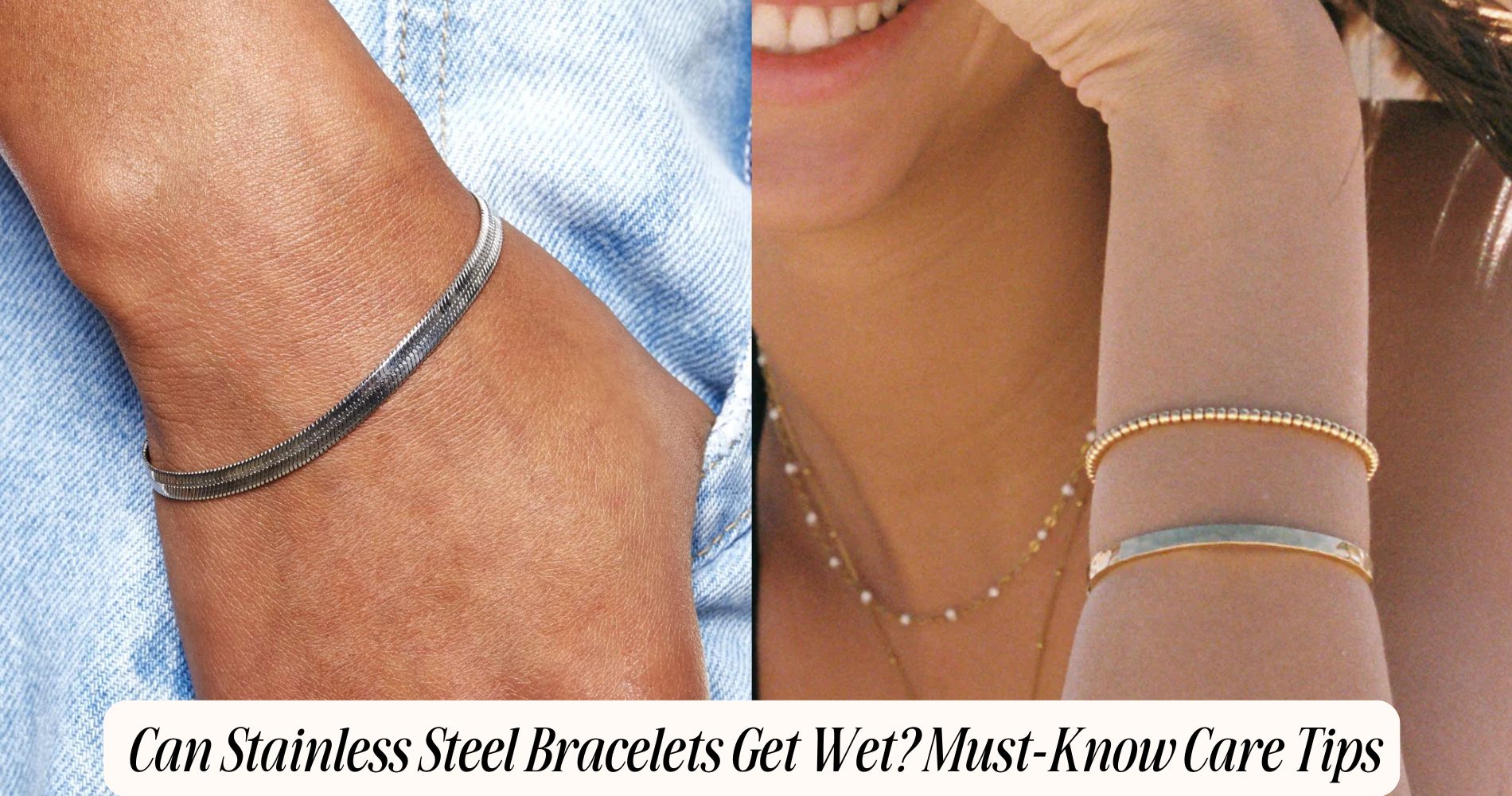
Can Stainless Steel Bracelets Get Wet? Must-Know Care Tips
If you’ve ever wondered can stainless steel bracelets get wet, the answer is yes. Thanks to their chromium-induced oxide layer, these bracelets offer excellent resistance to water and corrosion. Still, not all stainless steel is the same—316L stands out with superior marine durability. To keep your piece looking its best, regular cleaning with mild soap, using a microfiber cloth to prevent water spots, and applying protective sprays are all smart practices. Don’t fall for common myths about care—instead, focus on proper maintenance. For more style inspiration, explore our Thin Gold Bracelets collection, where elegance meets everyday durability.
Understanding Stainless Steel's Water Resistance
How resistant is stainless steel to water exposure?
Stainless steel is renowned for its exceptional water resistance and corrosion resistance. This is due to the presence of chromium, which forms a passive oxide layer on the surface. This layer prevents water and oxygen from causing corrosion.
Different grades of stainless steel provide varying levels of protection, with 316L being highly resistant in humid or marine environments.
You’ll find that stainless steel’s non-porous nature further enhances its ability to repel water, maintaining its structural integrity and appearance. Regular exposure to water, even in humid conditions, won’t easily compromise its durability.
For peak performance and longevity, guarantee your stainless steel bracelet is cleaned and dried properly after exposure to water.
Myths About Stainless Steel and Water Exposure
While stainless steel's water resistance is impressive, misconceptions about its capabilities often arise. One common misconception is that stainless steel is impervious to all forms of water damage. This isn't entirely accurate. Although stainless steel contains chromium, which forms a protective oxide layer, prolonged exposure to certain conditions can compromise this layer, leading to potential corrosion.
Another myth is that all stainless steel grades are equal in resisting water damage. However, variations like the 304 and 316 grades differ in their resistance to chloride-rich environments, affecting their durability.
Finally, some believe that stainless steel doesn't require maintenance when exposed to water. Regular cleaning is essential to prevent mineral deposits and maintain its luster. Understanding these myths guarantees proper care for your bracelets.
How Water Affects Stainless Steel Bracelets
Even though stainless steel is renowned for its resilience, water exposure still influences its condition over time.
Stainless steel's rust resistance primarily derives from its chromium content, forming a protective oxide layer. However, prolonged contact with water, especially in high-salinity environments, can introduce corrosion factors that gradually undermine this protective barrier.
You should be aware that chlorinated pools or seawater can accelerate these effects, leading to potential pitting. Additionally, hard water with high mineral content might leave deposits, subtly affecting the bracelet's luster.
Although stainless steel is robust, you shouldn't overlook these risks. Regular exposure to moisture can weaken integral compounds, incrementally reducing its structural integrity and aesthetic appeal.
Awareness of these corrosion factors guarantees you maintain your bracelet's longevity.
Proper Cleaning Techniques for Wet Stainless Steel
Addressing the effects of water on stainless steel bracelets, it's important to employ proper cleaning techniques to preserve their condition.
Begin by selecting appropriate cleaning solutions, such as mild dish soap mixed with warm water, to gently remove any residue or tarnish. Avoid abrasive cleaners that could scratch the surface.
Use a soft-bristle toothbrush to meticulously clean intricate areas, guaranteeing complete removal of dirt and grime.
Once cleaned, employ effective drying methods to prevent water spots or corrosion. Pat the bracelet dry with a microfiber cloth, which absorbs moisture without scratching.
For thorough drying, consider using a hairdryer on a low setting to ascertain no moisture remains trapped in crevices.
These techniques maintain your bracelet's luster and longevity.
Best Practices for Protecting Your Bracelet in Wet Conditions
To guarantee your stainless steel bracelet remains in pristine condition even in wet environments, it's crucial to implement effective protective measures.
Start by investing in waterproof accessories like a protective coating spray. These sprays create a barrier that repels water and minimizes oxidation risks.
Additionally, always be mindful of humidity precautions. High humidity can accelerate corrosion, so store your bracelet in a dry, cool place when not in use.
Consider using silica gel packets in storage areas to absorb any excess moisture.
If you're caught in a downpour, promptly dry the bracelet with a microfiber cloth to prevent water spots.
Regularly inspect for signs of wear and tear to address potential issues before they worsen under wet conditions.
When to Seek Professional Cleaning and Maintenance
Ever wonder how to determine when your stainless steel bracelet requires professional cleaning and maintenance? If you notice persistent tarnish, stubborn grime, or scratches that won’t buff out with regular care, it’s time to contemplate professional services.
The cleaning frequency largely depends on your bracelet’s exposure to elements like water, sweat, or harsh chemicals. Typically, annual professional cleaning guarantees the longevity and shine of your piece.
Experts utilize ultrasonic cleaning and specialized tools, effectively removing ingrained dirt and restoring the bracelet’s original luster. If your bracelet has intricate designs or embedded stones, these services become essential to avoid damage.
Don’t wait for visible signs of wear—proactively seeking professional maintenance preserves your bracelet’s aesthetic value and structural integrity.
Frequently Asked Questions
Can Stainless Steel Bracelets Cause Skin Irritation When Wet?
Yes, stainless steel bracelets can cause skin irritation when wet, especially if you have skin sensitivity. Nickel in the alloy might trigger allergic reactions. Ascertain your bracelet is hypoallergenic to minimize risks and maintain comfort.
Are There Specific Soaps to Avoid When Cleaning a Wet Bracelet?
You should avoid using abrasive materials and harsh soaps when cleaning a wet bracelet. Opt for gentle cleansers specifically designed for stainless steel. These maintain the bracelet's finish and prevent potential damage or skin irritation.
Does Saltwater Affect the Longevity of Stainless Steel Bracelets?
Yes, saltwater can accelerate stainless steel corrosion, impacting bracelet longevity. Even though stainless steel is corrosion-resistant, consistent saltwater exposure can weaken it over time. Rinse thoroughly with fresh water post-exposure to maintain ideal condition.
Can I Wear My Stainless Steel Bracelet in a Chlorinated Pool?
Yes, you can wear your stainless steel bracelet in a chlorinated pool, but prolonged chlorine exposure may affect bracelet durability. Regularly rinse it with fresh water and dry thoroughly to maintain its appearance and prevent potential corrosion.
How Does Humidity Impact Stainless Steel Bracelet Maintenance?
Humidity effects on your stainless steel bracelet include potential tarnishing and increased corrosion risk. For maintenance tips, make certain you regularly clean and dry it, store in a dry place, and avoid prolonged humid exposure for longevity.
Conclusion
As an expert in stainless steel care, you understand that while stainless steel bracelets can indeed get wet, prolonged exposure can lead to discoloration or corrosion over time. To maintain your bracelet's sheen, promptly clean and dry it using a microfiber cloth, ensuring no moisture lingers in crevices. Employ protective measures like removing your bracelet during prolonged water exposure and seek professional maintenance when signs of wear appear. By following these expert tips, you'll preserve your bracelet's longevity and luster.







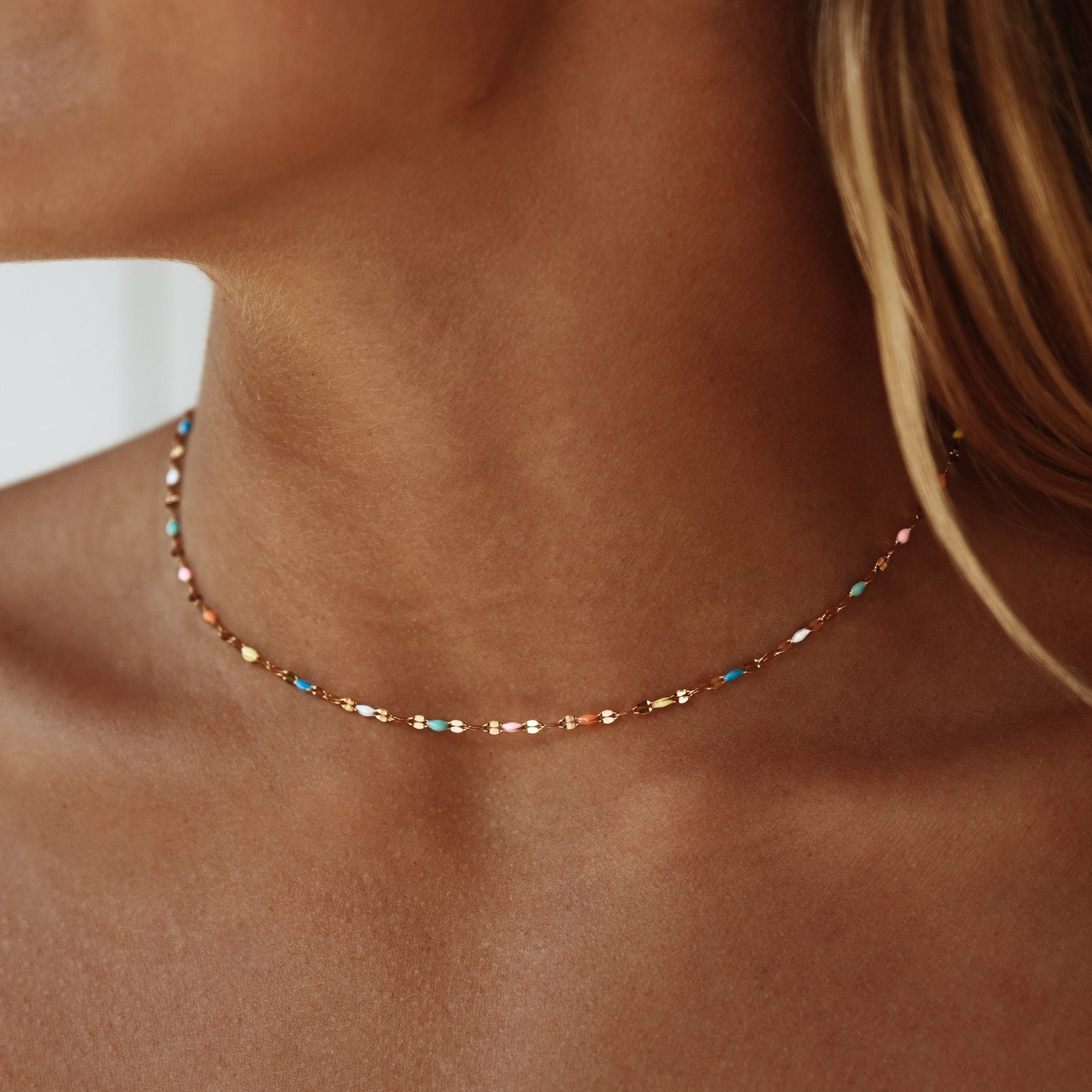
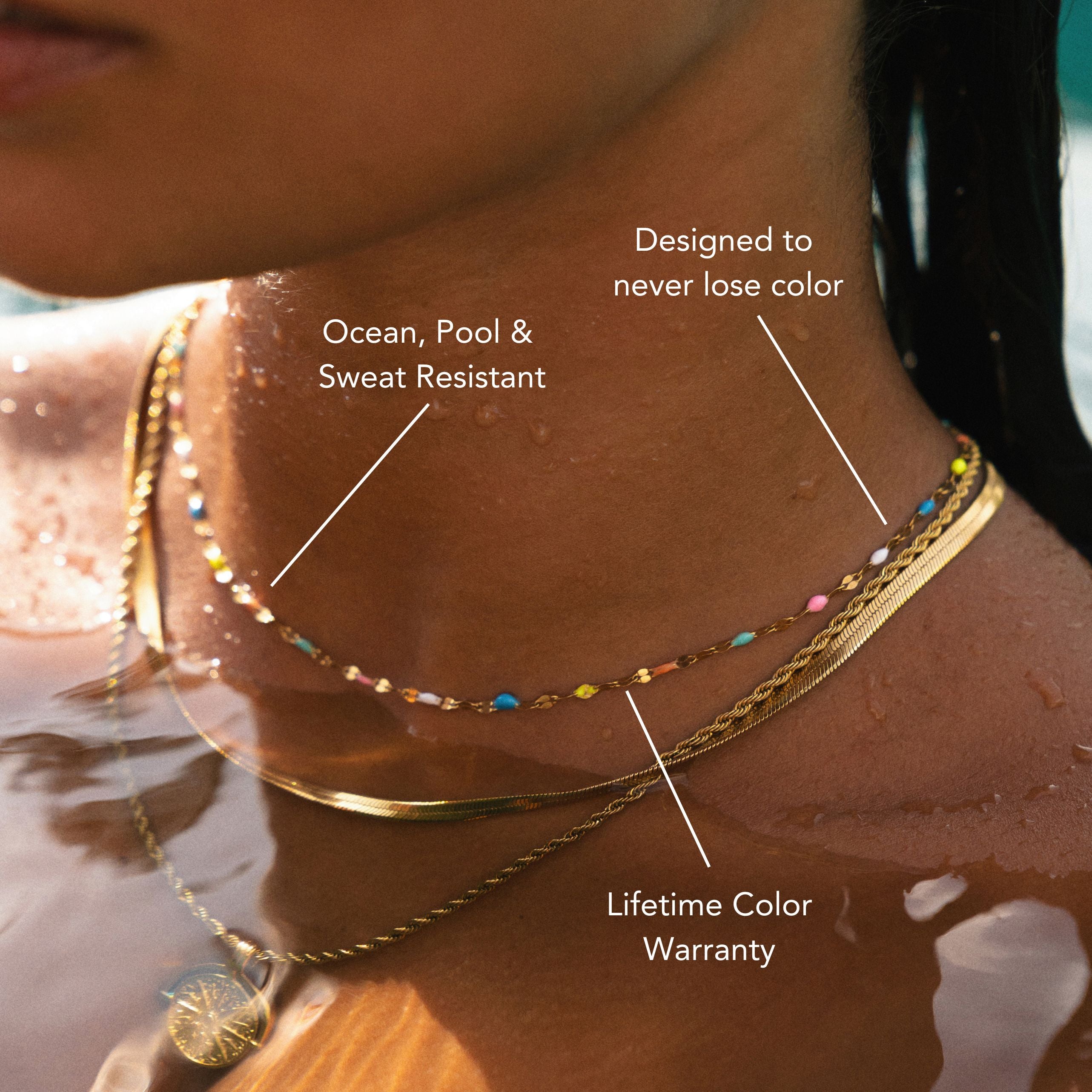



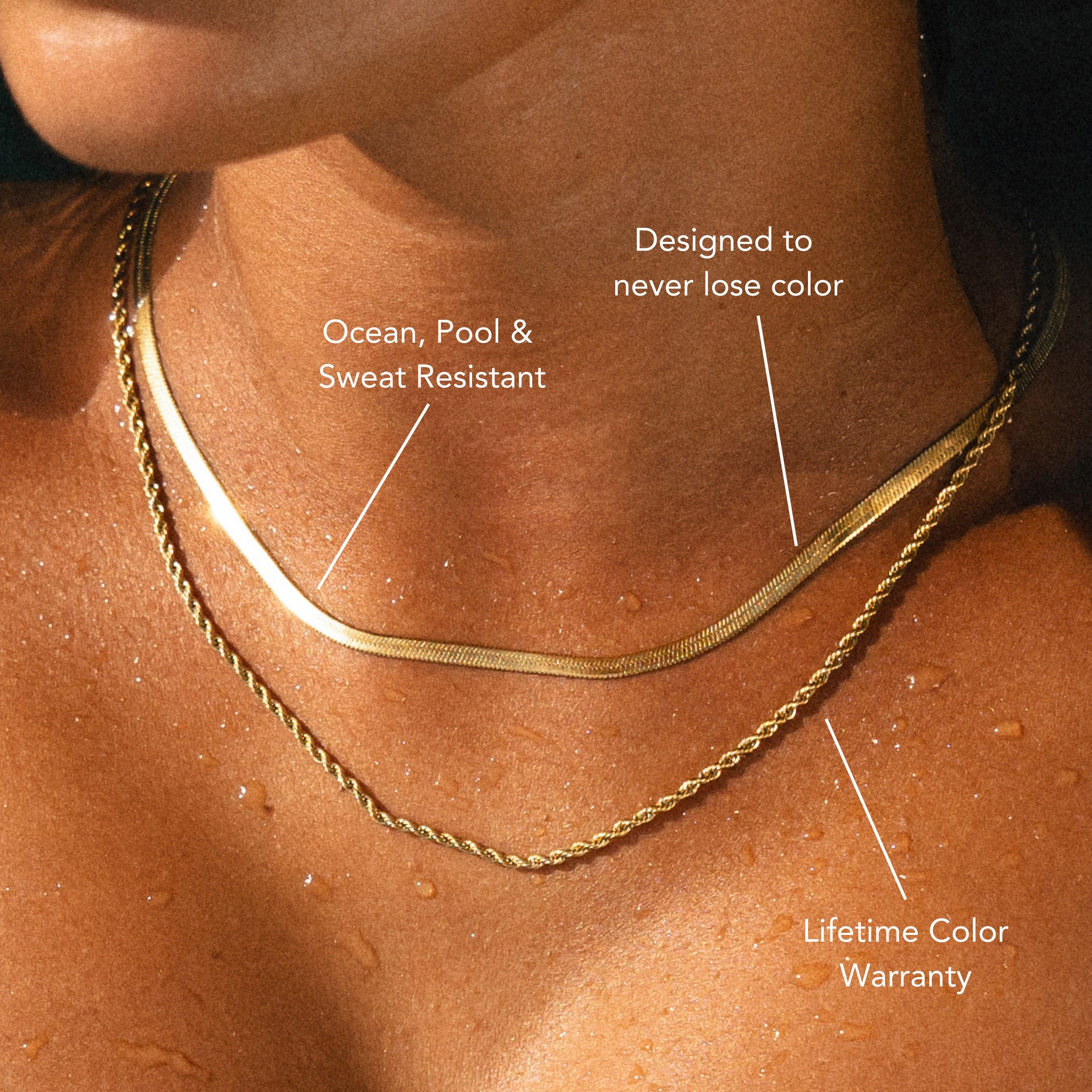
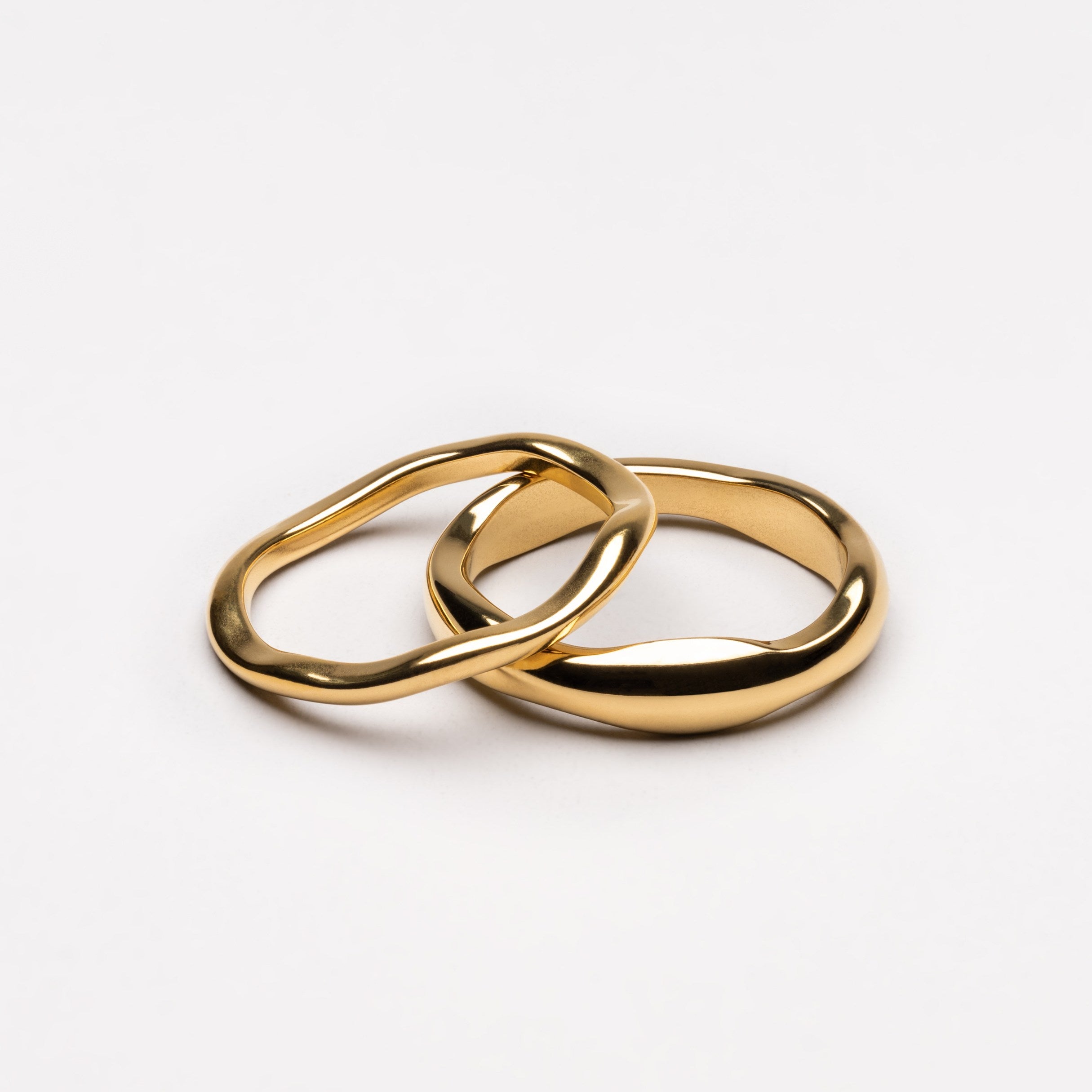


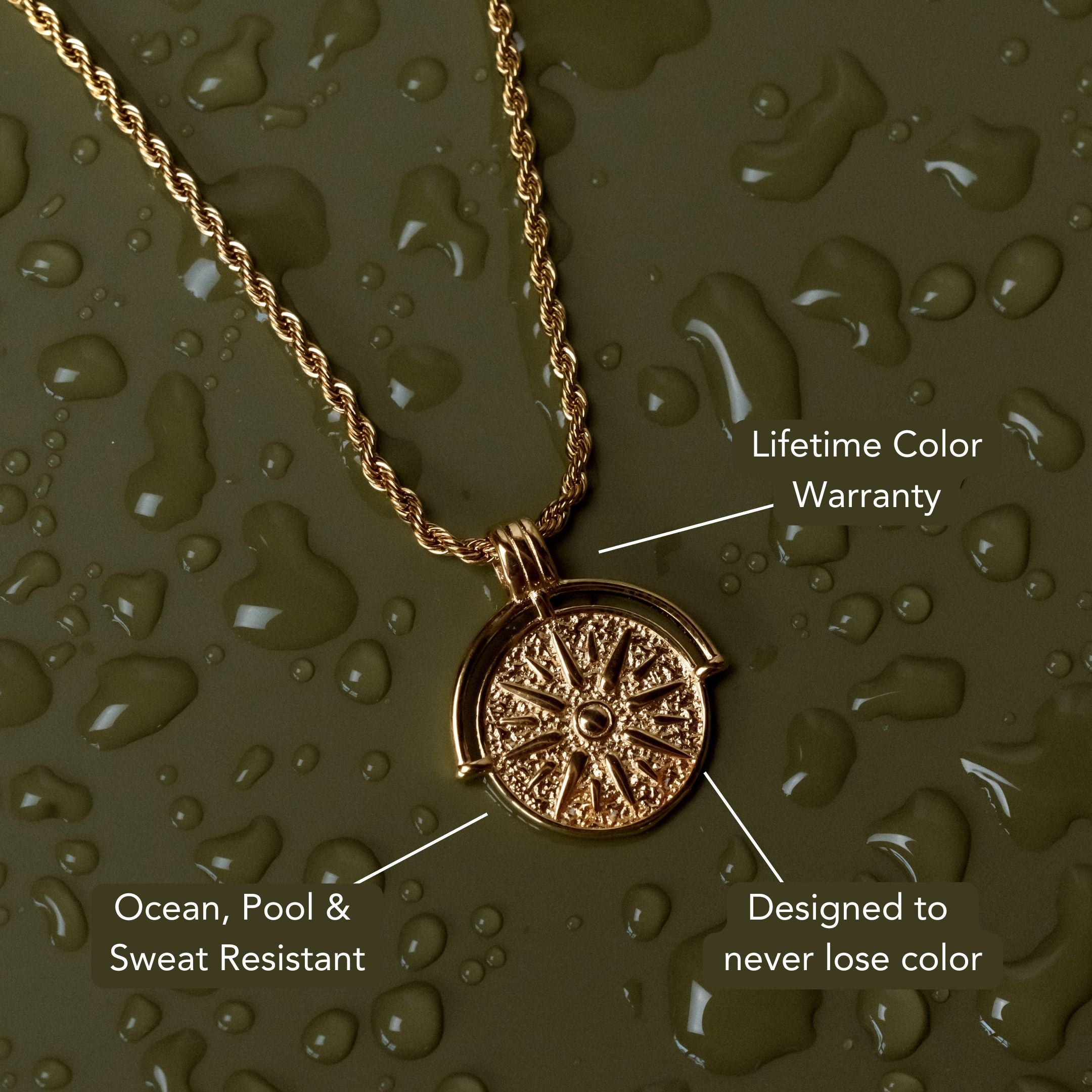






Leave a comment
This site is protected by hCaptcha and the hCaptcha Privacy Policy and Terms of Service apply.